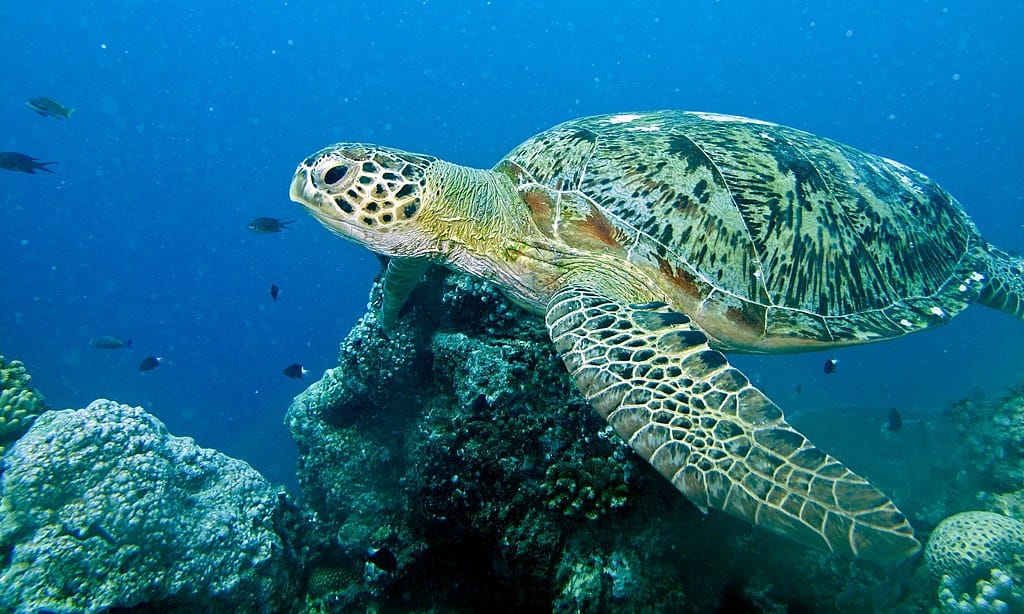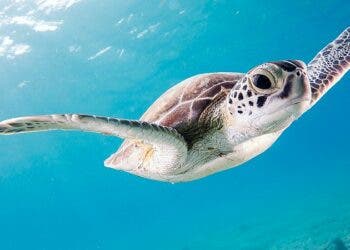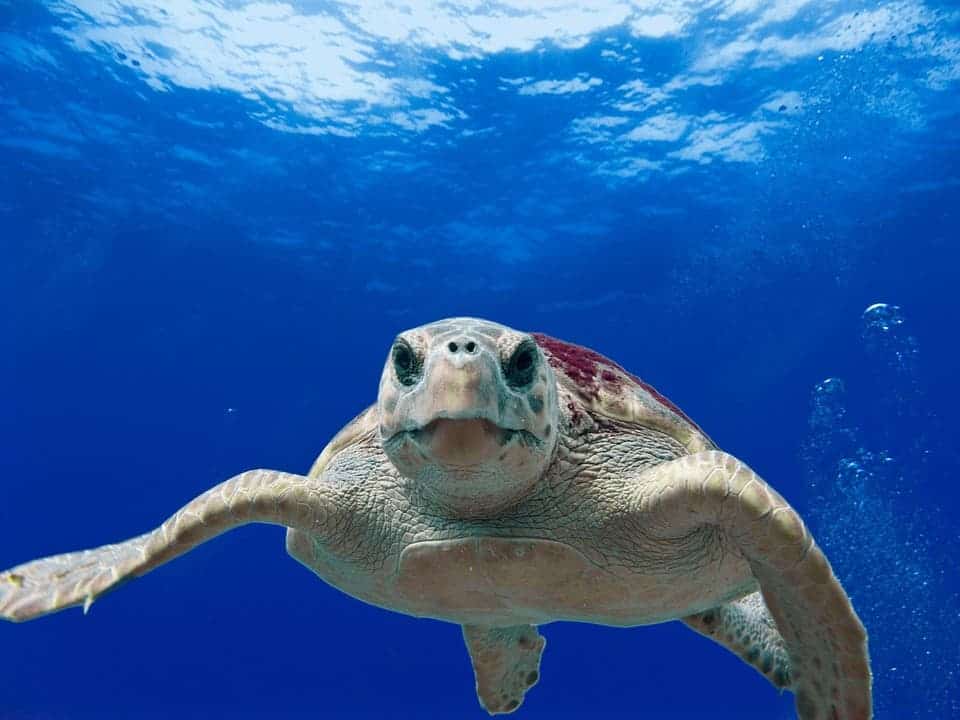Once we pick a restaurant we like, we tend to go back to it until we eventually become a regular there. This is also the case for green sea turtles when looking for food in the ocean. Once they find an eating spot they like, they tend to return to it repeatedly, a behavior that even extends across generations of turtles.

Green turtles (Chelonia mydas) are the largest hard-shelled sea turtles. They are herbivores and eat mainly seagrasses and algae, which is what gives their fat a greenish color. They live in coastal regions in 140 countries and nest in about 80, migrating long distances between their feeding grounds and the beaches where they hatched.
Willemien de Kock, a historical ecologist at the University of Groningen, utilized sea turtle remains from archaeological sites in the Mediterranean Sea, which she combined with satellite tracking information. With this, she found generations of green sea turtles that returned to the same seagrass meadows to eat for about 3,000 years.
Exploring green turtles
Upon hatching, young green sea turtles find themselves abandoned by their parents, who have embarked on a long journey. They clumsily venture from the beach into the ocean and for years aimlessly float without the ability to undertake their parents’ lengthy migration. During this time, they are not really picky eaters, omnivores even.
However, around the age of five, a transformation occurs. They instinctively swim back to the very region where their parents had journeyed from, now opting for a herbivorous diet consisting of seagrass. While volunteers and conservation organizations work to protect the nests of turtles, more work is needed to protect seagrass, de Kock said.
The researcher had access to boxes packed with sea turtle remains from the Mediterranean Sea. The excavations were previously done by her supervisor. “All I had to do is dig in some boxes,” de Kock said. She reviewed the bones and identified two species in the collection: the green sea turtle and the loggerhead turtle.
De Kock identified the diet of sea turtles by analyzing a substance called bone collagen. This process involved using a mass spectrometer to examine the bone collagen, which provided details about the types of plants the sea turtles had eaten. By studying the ratios of carbon isotopes in the bones, De Kock could differentiate between various plants.
“For instance, one plant might contain more of the lighter carbon-12 than another plant, which contains more of the heavier carbon-13. Because carbon does not change when it is digested, we can detect what ratio of carbon is present in the bones and infer the diet from that,” the researcher said.
Using satellite tracking data from Exeter University, De Kock determined the present migratory routes and destinations of sea turtles. Researchers from Exeter had also been collecting small samples of sea turtles’ skins, which surprisingly provided dietary information similar to what De Kock had previously discovered in the bones.
De Kock then established connections between the diets of ancient sea turtles and specific geographical locations. Her findings showed that for an impressive span of 3,000 years, successive generations of green sea turtles had been nourishing themselves on the seagrass meadows along the coasts of Egypt and West Libya.
“Tracing back further in time using archaeological data allows us to better see human-induced effects on the environment. And it allows us to predict, a bit,” de Kock said. In fact, studies have shown a big risk of widespread loss of seagrass in the areas where green turtles have been going for millennia – which could be detrimental to turtles.
The study was published in the journal PNAS.





